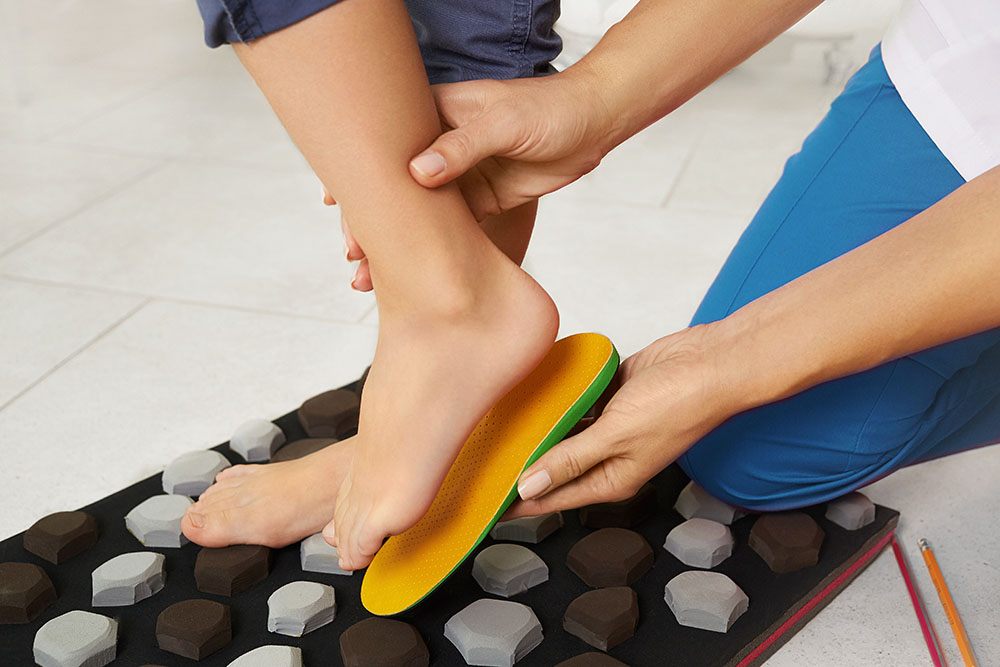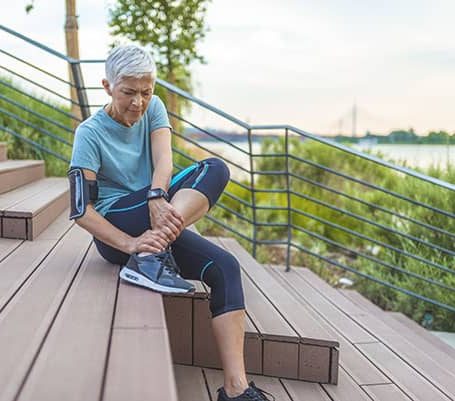Kids orthotics: when to consult?
Foot orthotics act like a tutor that helps children grow well. They guide the feet through all phases of development and help correct alignment, posture and balance problems and even reduce muscle fatigue. But how do you know if your kid needs orthotics? Here are some signs that may indicate that a consultation is required.Before the age of three: no worries
Many of the concerns surrounding a child’s walk (flat feet, duck feet, inward turning feet, walking on tiptoes) usually resolve themselves before the age of three, as the child’s muscles develop and the structures of the feet become fixed. Orthotics are therefore rarely recommended for children before this age. If necessary, a small correction in the shoe or exercises can be suggested.Ten symptoms to watch out for
Children’s feet are constantly changing. The sooner abnormalities are detected and managed, the more likely you are to avoid potential complications. Since young children rarely complain of pain, your vigilance is very important. And, remember, when in doubt, it’s always best to consult.- Flat feet: the arch of the foot develops gradually in the first few years of childhood. However, it can persist into adolescence and adulthood, which can lead to joint pain and posture problems.
- Feet pointing inward or outward: this should be taken seriously, as it can lead to long-term muscle imbalance and pain when moving.
- Foot deformity: when treated promptly, hammertoes and bunions (Hallux valgus) can be corrected by wearing orthotics.
- Bowed knees: “X” shaped knees can affect a child’s gait and be a predisposing factor for knee osteoarthritis.
- Limping: limping may be caused by a disease or deformity that developed during growth. It may also indicate instability of the lower limbs (asymmetric legs, Sever’s disease, musculoskeletal pain).
- Frequent falls: children with flat feet, “X” knees or inward-facing feet are more likely to fall for no apparent reason.
- Abnormal shoe wear: children with plantar deformities often have shoes that wear differently from one foot to the next.
- Pain: recurrent discomfort, redness and swelling should be closely monitored.
- Rapid fatigue during physical activities: children with foot problems are more likely to tire quickly.
- Difficulty running as fast as children of the same age: another factor that may indicate foot problems or pain.
Custom orthotics
At CEO Medic, by using 3D scanning and 3D printing, we are able to manufacture orthotics that are perfectly adapted to your kid’s feet. Thin, durable and comfortable, these orthotics can be inserted into everyday shoes, sports shoes and even skates!
Book an appointment











